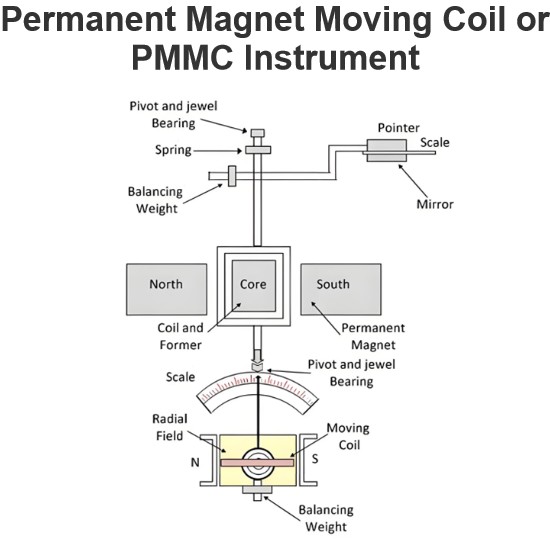This magnetic field actuates the relay armature, causing it to open or close the connections. A small - power relay typically has only one set of contacts, while a high - power relay is equipped with two sets of contacts to open the switch.
The internal structure of the relay is depicted in the figure below. It features an iron core around which a control coil is wound. Power is supplied to the coil via the contacts of the load and the control switch. When current flows through the coil, a magnetic field is generated around it.
Under the influence of this magnetic field, the upper arm of the magnet attracts the lower arm, thus closing the circuit and enabling current to flow through the load. If the contacts are already closed, the movement is in the opposite direction, opening the contacts.
Pole and Throw
Pole and throw refer to the configurations of the relay. Here, the pole represents the switch, and the throw indicates the number of connections. A single - pole, single - throw relay is the simplest type, having only one switch and one possible connection. Similarly, a single - pole double - throw relay has one switch but two possible connection options.
Construction of Relay
A relay functions both electrically and mechanically. It comprises an electromagnetic part and sets of contacts that carry out the switching operation. The construction of a relay can be mainly categorized into four groups: contacts, bearings, electromechanical design, and terminations and housing.
Contacts – Contacts are the most crucial part of a relay as they significantly impact its reliability. High - quality contacts offer low contact resistance and reduced contact wear. The selection of contact material depends on several factors, such as the nature of the current to be interrupted, the magnitude of the interrupting current, the operating frequency, and voltage.
Bearings – Bearings can be of various types, including single - ball, multi - ball, pivot - ball, and jewel bearings. A single - ball bearing is used for applications requiring high sensitivity and low friction. Multi - ball bearings, on the other hand, provide low friction and greater resistance to shock.
Electromechanical Design – The electromechanical design encompasses the design of the magnetic circuit and the mechanical attachment of the core, yoke, and armature. To enhance the efficiency of the circuit, the reluctance of the magnetic path is minimized. The electromagnet is typically made of soft iron, and the coil current is usually limited to 5A, with the coil voltage set at 220V.
Terminations and Housing – The assembly of the armature with the magnet and the base is achieved using a spring. The spring is insulated from the armature by moulded blocks, which ensure dimensional stability. The fixed contacts are usually spot - welded onto the terminal link.














